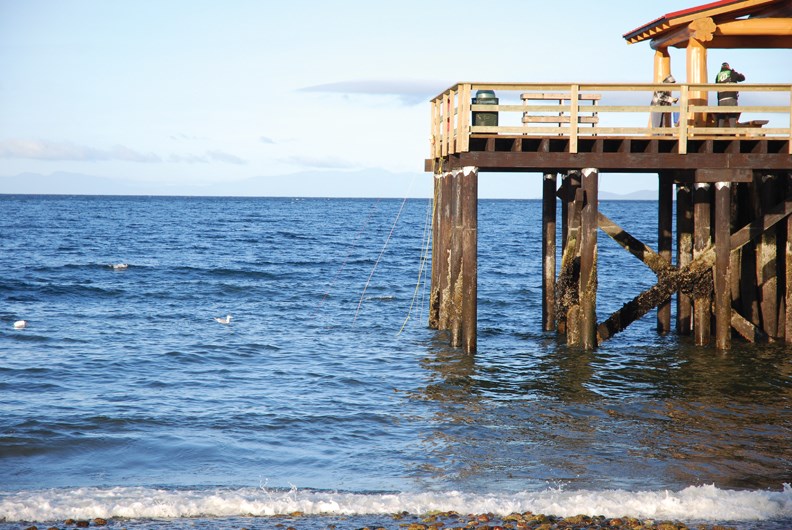The Department of Fisheries and Oceans says despite public perceptions, the majority of recreational shellfish harvesting is being done by the book.
People in the Powell River area raised concerns over the summer about so-called shellfish tourism – organized trips from the Lower Mainland that brought paying customers up to gather clams, oysters and crabs.
Fisheries officer Ben Rahier said they’ve been hearing from the lower Sunshine Coast as well. “Definitely concerns have been voiced to our office from the Sechelt, Gibsons, Madeira Park areas,” he said.
On top of those calls to DFO, there have been a number of social media posts by Coasters over the past couple of months questioning large numbers of clams taken in the Porpoise Bay area, and the amount of crabbing in popular spots like Davis Bay.
“We get inundated with calls regarding the Davis Bay pier and the crabbing that goes on there, ” Rahier said. “As far as compliance goes, when we are down there and do compliance checks on the fishers fishing in Davis Bay, or clamming in Porpoise Bay, generally compliance is very, very high.”
Rahier says that’s true of the tour groups too. “When we inspect them, every man, woman and child has a tidal water sport fishing licence and they’re within their possession limits.”
There are some, however, who feel it’s time to consider changing those limits.
Gibsons resident Susan Rule became concerned about the issue after seeing what she felt were unsustainable crab harvesting practices at a local beach.
Rule took up the matter with West Vancouver-Sunshine Coast-Sea to Sky Country MP Pam Goldsmith-Jones. In a letter to Goldsmith Jones, copied to Coast Reporter, Rule urged a ban on shellfish tourism and better enforcement.
“We have an abundance and beauty here because we have protected our beaches and any local food source should be left to the residents as we are ferry dependent and for our own food security,” Rule said. “I believe with banning shellfish tourism, smaller quotas on fishing licences, stepped up patrols, more staff and signage, there are better controls.”
David Burnett, who chairs the sport fishing advisory committee for the DFO zones that cover Powell River and much of the lower Sunshine Coast, launched an informal poll on Facebook, and well over 80 per cent of the respondents were very concerned about over-harvesting, and around 85 per cent favoured a change in the possession limits.
Burnett said the sense he’s getting is that people are looking to DFO to be proactive. “They want [shellfish stocks] protected in case it gets worse some time in the future, before it’s too late.”
Both Burnett and Rahier said reporting suspected poaching through the RAPP line (1-877-952-7277) is the most effective way to build a picture of what’s happening in the local sport and commercial fisheries for shellfish and finfish.
Rahier acknowledges that it can take DFO officers based out of Powell River or Nanaimo up to a day to respond to reports from the lower Sunshine Coast, but they’re backed up when needed by the provincial Conservation Officer Service and RCMP. He also said many reports of suspected overharvesting are resolved with a phone call to the person who filed the complaint, because they may not have realized what they were seeing was within the rules.
In her response to the letter from Rule, Goldsmith-Jones said she’s aware of concerns about enforcement and promised that she’s “continually advocating for improvement.”
Rahier said fisheries officers will pass along what they hear from the public about changing the regulations, but the best option is to contact the Sport Fishing Advisory Board ([email protected]) or one of the local committees. Burnett launched the Sunshine Coast Sport Fishing Advisory Committee Facebook group about a month ago. There are about 130 members to date.



